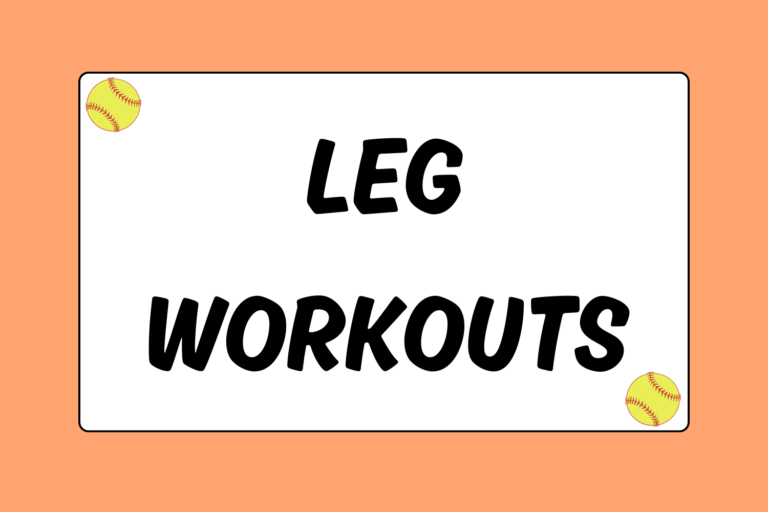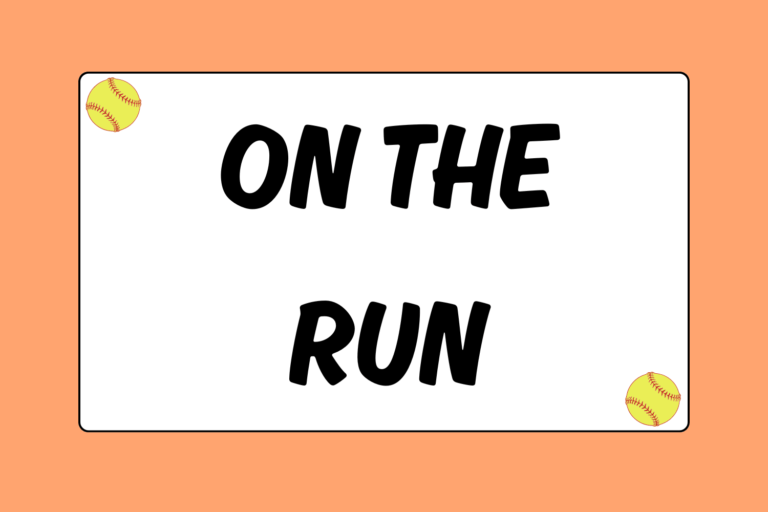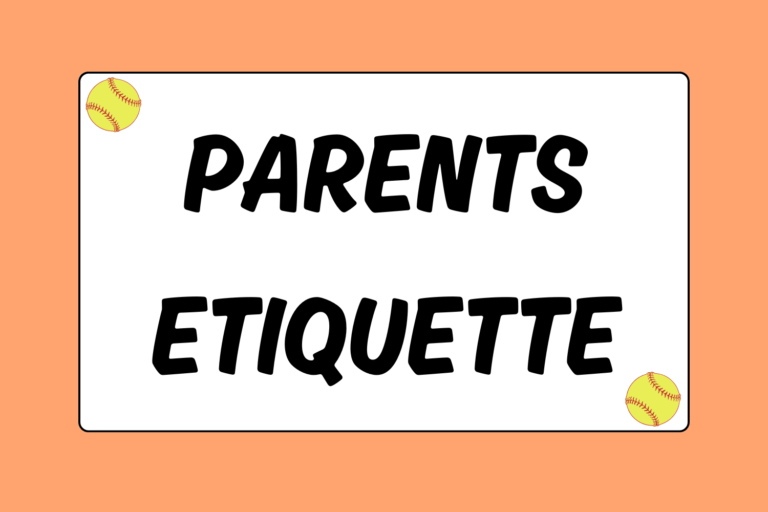In softball, outfielders and infielders have entirely different throws. Whereas an infielder has to quickly bring the ball from her glove to her throwing-side shoulder in the shortest amount of time — often in a straight line — an outfielder’s throwing motion is not so streamlined, which is more of a semi-circle than a straight line and requires more power and a higher arc. Likewise, while an infielder will often need only one step as momentum for her throw, an outfielder uses a crow hop to generate more pre-throw momentum. These two things — the crow hop and the bigger throwing motion — are what characterize an outfielder’s throw. Read on for simple instructions on how to improve your outfield throw.
The Motion
As mentioned before, the motion of an outfielder’s throw is significantly bigger than that of an infielder’s throw. A throw across the infield isn’t very far, so there isn’t much need for a big windup; infielders try to transfer the ball from the glove to her throwing-side shoulder in the quickest way possible. An outfielder, on the other hand, needs a bigger windup to prepare her arm for the longer throw, that’s going to have more of an arc.
Once the ball is in your glove, follow these easy instructions to make a stronger throw from the green:
- Start by taking the ball out of your glove and dropping your throwing hand straight down past your waist.
- After your arm passes your waist, continue bringing it up near your throwing-side ear to establish your throwing motion. Your hand will make a semi-circle motion if you do this correctly.
- Keep the ball and your palm facing away from you at the top of your throwing motion, and angle your arm somewhere between 90 and 180 degrees. The reason you want the bigger angle is to give your arm more torque when you lead with your elbow. This will also allow the ball to have more of an arc.
- Lead with your elbow and throw over the top. Your release point is going to be earlier (higher) than what it would be for an infield throw. Aim to release the ball around the time when your palm is facing up and your forearm is vertical.
- Snap down to release the ball, and then follow through by bringing your arm past your opposite hip.
Hot Tip: Practice with Long Toss
Practice giving the ball a high arc with long toss. Start by standing far away from your partner — at least 100 feet. Because of the distance, you’ll need to put more of an arc on the ball in order to get it to your partner without bouncing. After you are warm, add in a crow hop to decrease the arc and get the ball to your partner faster.
The Crow Hop
For a throw in the infield, a player may need nothing more than her regular throwing footwork make a good throw. If the throw is across the diamond, she may need to add in a shuffle step. In the outfield, though, the target is often more than 100 feet away, so a shuffle step just won’t cut it. Instead, outfielders use crow hops to boost their throwing power.
In simple terms, a crow hop consists of two pre-throw steps — similar to the two steps infielders use when throwing — but they are exaggerated and higher off the ground:
- Lead with your throwing-side foot, and bring your knee up as high as you can. Hop off your back foot to help propel your knee upward.
- Once your knee starts dropping, leave the ground entirely and follow suit with your other foot, bringing it just as high.
- Once your back foot lands make the throw.
- Follow through with your throwing-side foot by dragging it or stepping forward. (If you fall forward because of your momentum, that’s okay!)
For more detailed information, check out our guide on how to crow hop!
Put It Together
Whether grabbing the ball from the ground, in the air, or at the fence, you should always use a crow hop and a bigger windup in the outfield. With enough forward momentum, your throw will lose its high arc and sail through the air on a flatter plane, getting to its target. Even if it bounces, it will have more velocity than if you were to use an infield throw from the fence.





